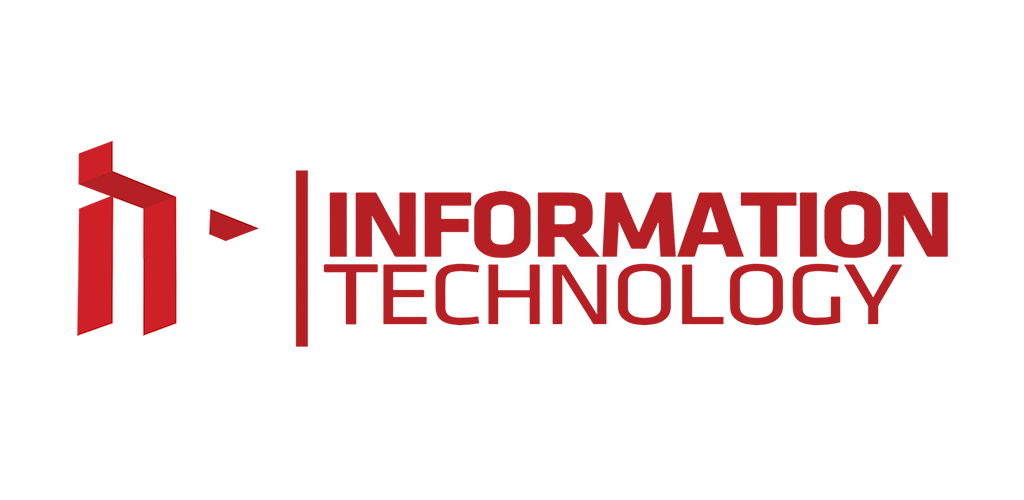Implementing the right tools at the right time reduces overall DevSecOps friction, increases release velocity, and improves quality and efficiency. Although a release pipeline is a thing about automation, it’s the point where your team actually get the work done. To top it off, continuous deployment boosts the customers experience, as they can follow consistent improvements. We built a whole system on top of Redis to facilitate the setup of a secure cache. A lighter load for your primary database and a secure and smooth automated caching service.
- Or you may just want to use CI/CD to transition from traditional software delivery practices to cloud-native ones, making a solid foundation in DevOps concepts pretty important.
- Peer code review is a key element in building a robust and egoless engineering culture of collaborative problem-solving.
- Developers should know how their changes impact the application’s performance in production before the release.
- Let’s learn more about the benefits of CI/CD for your team with its principles and best practices.
If you’re just getting started on a new project with no users yet, it might be easy for you to deploy every commit to production. You could even start by automating your deployments and releasing your alpha version to production with no customers. Then you can ramp up your testing culture and make sure that you increase code coverage as you build your application.
Understanding the Process of CI/CD
CircleCI is a leading CI/CD tool for achieving continuous integration and delivery in enterprise and open-source projects. To create its pipelines, it employs a custom YAML syntax that is simple to implement. CircleCI offers two products, CircleCI Cloud for the cloud and CircleCI Server for on-premises. Continuous Integration helps in identifying errors and security issues in earlier stages of the software development lifecycle. The best way to do this is to implement unit testing in your application codebase that runs automatically when a developer pushes a code change into the master code repository. You can also run automated integration tests after each build to make sure components not only work independently but together as well.

This approach can significantly enhance the speed and safety of software deployment. CI/CD pipelines are central to DevOps culture, promoting collaboration, productivity, and transparency among development teams. No tools and programming knowledge is required to create and execute automated tests.
What makes an outstanding CI/CD pipeline?
The best way to get them on board is to show them how it’ll support their workflow and make their lives easier, not harder. ValueEdge™ A fully integrated end-to-end value stream management platform, and cloud-based software development platform to visualize and manage the flow of value. A blue-green deployment is a release strategy https://globalcloudteam.com/a-gentle-introduction-to-ci-cd-pipeline/ designed for safety. Though, on the flip side, the infrastructure required can be costly to provision and run. Test automation and orchestration are popular uses of CI/CD pipelines. Having to chain together several different testing methodologies, a natural home for the automation progressing the testing is in your pipeline.

Red Hat Enterprise Linux A flexible, stable operating system to support hybrid cloud innovation. Tests are frequently categorized as lightweight or heavyweight, requiring distinct timelines and resources. Working with smaller increments means that – as a code reviewer – there is less to get your head around. As smaller commits tend to produce more specific commit messages, you can more easily see how the logic progresses. And if something does need to be changed before a commit can be merged, there is less code to rewrite and fewer conflicts to resolve.
Faster delivery
A central part of any CI/CD pipeline is a series of automated tests that are run on each and every build. Although writing automated tests requires an investment of time and expertise, doing so pays significant dividends. Initiate further testing on the build, as listed previously (functional, security, user acceptance, etc.). Publish results of tests and code coverage so they are easily available. Create repositories to house application source code and pipelines.

The performance and ease of use of your CI/CD pipeline are really important. If your pipeline is slow or difficult to use, your developers will try to cut corners and bypass the pipeline whenever possible. Nothing is so frustrating as waiting 30+ minutes for your CI/CD pipeline to even start the build if you only want to test a small change. And the more developers try to bypass the pipeline, the more it’s possible for errors and bugs will slip through. This will lead to less trust in the whole process and simply not gaining the benefits that you should. Therefore, make sure that your CI/CD server or service is as responsive and simple as possible.
Buildbot
Any cycle that needs to be repeated over time should be automated, and there are enough innovations available to achieve this goal. Manual testing measures must be evaluated for possible automation outcomes, and in the vast majority of circumstances, there will be ways to automate https://globalcloudteam.com/ the equivalent. Being able to measure how your CI/CD pipeline is supporting your organization’s goals is another advantage of the practice. Integration and delivery work together but are often implemented separately and handled by different teams, such as coders and testers.


